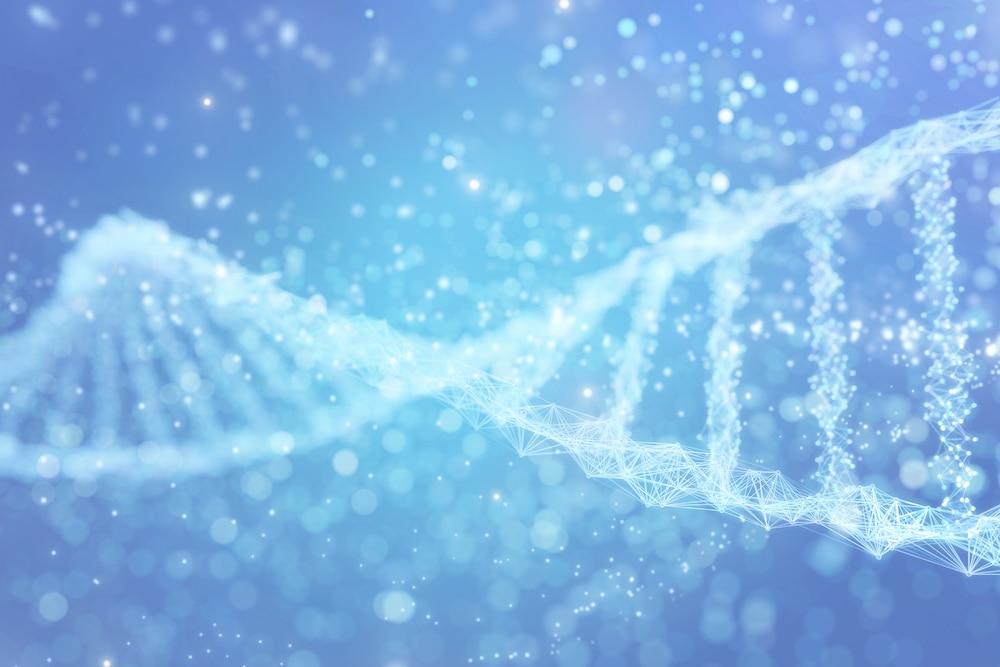Create a free profile to get unlimited access to exclusive videos, sweepstakes, and more!
Transformers have nothing on DNA, which can morph to be one billionth of its size
Kind of like Transformers, DNA strands can rearrange and turn themselves into much smaller chromosomes.

Optimus Prime and his Autobots might be able to turn into cars — or something else more compact than giant robots — but human DNA can beat even them.
Something must have evolved to be eerily similar on Earth and Cybertron. Our DNA forms in strands up to 6 feet long, but when cells divide, they can transform into something much more compact by packing themselves into 3D chromosomes one billionth their size. The mechanism behind this was unknown until now, but it was suspected there was no way cells would be able to divide without damaging genetic information unless the strands morphed.
If all your DNA was stretched into space, it would go on and on for 67 billion miles, and probably run into a random exoplanet. How it did this without getting tangled was a mystery, but physicists at POSTECH found out how it can pull this off by analyzing it with a synchrotron. In a synchrotron, electrons create extremely bright light when they are bounced off magnetic fields, light bright enough to study DNA performing the type of stunt otherwise seen in Transformers.
"Remarkable accuracy of compacting…DNA into a micrometer-scale object, and the reverse, makes the chromosome one of the most intriguing structures from both physical and biological viewpoints," the researchers said in a study recently published in PNAS.
The answer to how DNA can get away with packing itself into the nanostructures otherwise known as chromosomes eluded scientists for decades. Catching a glimpse of the chromosomes acting as they normally would (without modifying them in any way) was nearly impossible. What finally worked was hydrating and then flash-freezing the chromosomes before observing them with the synchrotron’s powerful X-rays. With this method, they were finally able to observe chromosomes going about their business as tiny versions of morphing mega-bots.
What the team discovered was that chromosomes didn’t form the same structure they expected. DNA was previously assumed to pack itself into a hierarchal structure, with three levels of chromatin (the stuff in a chromosome made up of DNA and protein) that kept increasing in size. Instead, DNA revealed itself to have a fractal structure. Anything with this kind of structure is made of parts with the same characteristics as the whole. The same patterns keep recurring at smaller and smaller scales, much like they do in crystals. They can literally go on forever.
When a strand of DNA starts to convert itself into a much smaller form, it wraps around histones, protein molecules that structurally support chromosomes. This creates a DNA-protein loop or nucleosome. Nucleosomes are then packed into chromatin, which is then further packed into a smaller structure and…you see where this is going. The remarkable thing is that DNA strands never tangle. This makes it possible for scientists to reach whatever region they want to transcribe and get the information they need without wrecking the entire thing.
So it looks like Optimus Prime, Bumblebee, Ratchet, and the rest have been out-transformed by a molecule that their alien robotic vision would never be able to see.


























